This week my friend Liz who is a beekeeper by profession spoke to the local garden club about beekeeping and how important gardeners are to the bees.
Liz’s belief is that there are not enough local wild flowers for the bees in the more manicured neighborhoods and the bees suffer there more than the more urban settings where weeds and wildflowers are allowed to grow freely. The garden club was not only enthusiastic about allowing wildflowers in their own garden, but agreed to speak to the local park district about growing wildflower.
Having bees and being a gardener for years, I see the benefits of bees in my garden first hand, especially the vegetable garden. While we make our lists of plants we want to add to the garden next year, I thought I would share some tips on what plants make our vegetable gardens more inviting to the honey bee.
Bees see the world much differently than people do. A small cluster of tomato blossoms won’t catch their attention, but a lawn peppered with clover and dandelions sends then into a pollinating frenzy. If you’re serious about attracting bees to your vegetable garden, plant flowers. A flower border along your vegetable garden is a great way to attract the bees. Plant the same species of plants in a large mass. Bees habitually return to easily visible flowerbeds so the larger the area, the better chance of getting a bee’s attention. Think 3’ x 3’ groupings. While a mixed flower border is fine for our eyes it won’t necessarily attract the bees eye.
Not just any flower will do; wide, daisy-like flowers and native plants are much more attractive. Coneflowers (Echinacea spp.), sunflowers (Helianthus spp.), Asters (Aster chilensis), Salvia (Salvia/Farinacea-Strata/Splendens), Cleome / Spider flower (Cleome), Thyme (Thymus), and Zinnia (Asteraceae) are a few that attract bees and are pleasing to the eye as well.
Avoid spraying pesticides. These treatments control aphids, squash bugs and other vegetable-destroying insects, but pesticides aren’t selective. They’ll kill bees, ladybugs and hover flies just as quickly as they take down a stink beetle. Keep in mind these sprays don’t simply kill on contact; the residual chemicals remain on the plant, and the visiting bee picks up poison in addition to pollen. Avoid spraying pesticides whenever you can. They do more harm than good, killing the good bugs that help keep a balance in your garden as well as the bad. Think of preventive methods such as row covers, and insecticide soap.
Also when planting flower, vegetable seeds and bulbs try to purchase organic. Buying organic is the only way to ensure that they have not been coated or cultivated using pesticides with GMO (genetically modified organism). GMO seeds may be linked to the rise in bee colony collapse. Though most home gardening seeds are GMO, it’s better to be safe and buy organic when you can. If you must spray, target small areas where the destructive insects congregate. Aphids, for example, prefer the undersides of leaves, while squash bugs often remain near the base of pumpkin vines. Wait to spray until the vegetable’s flowers fade.


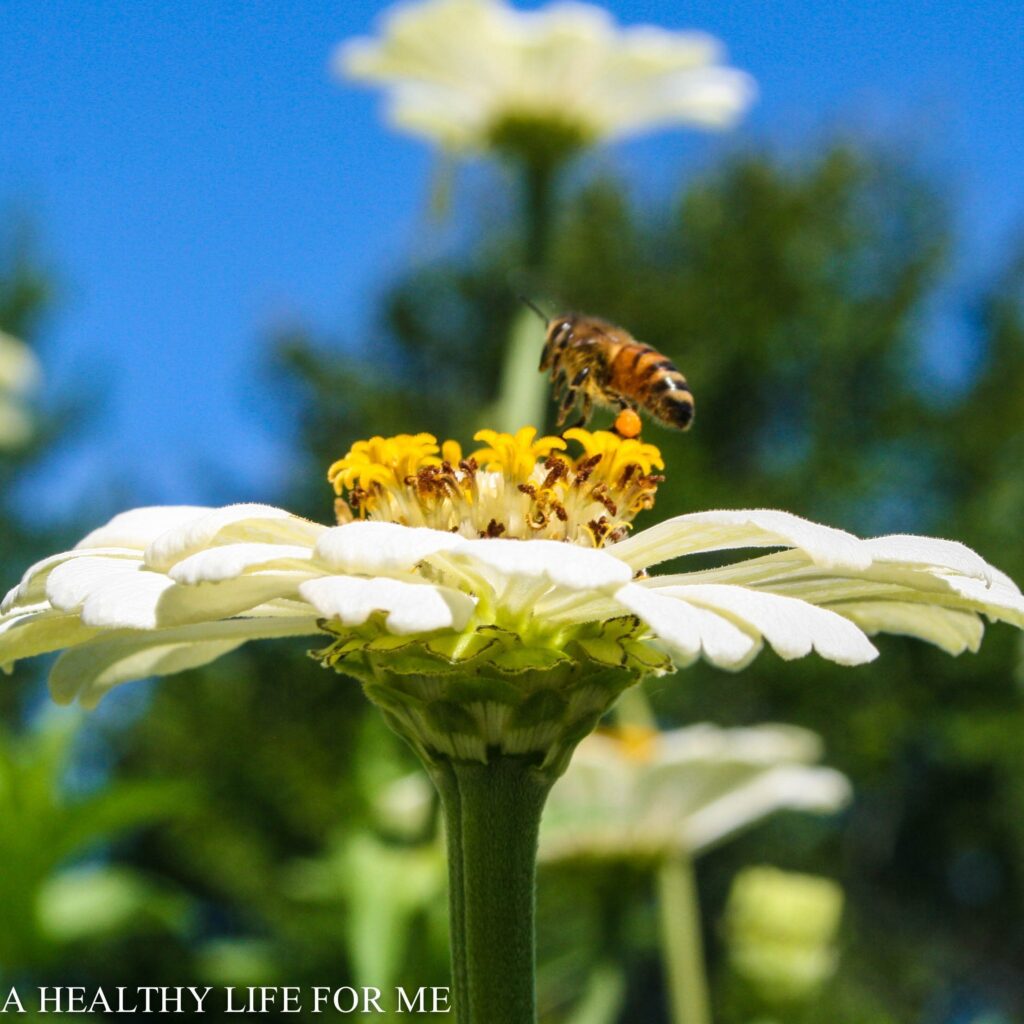

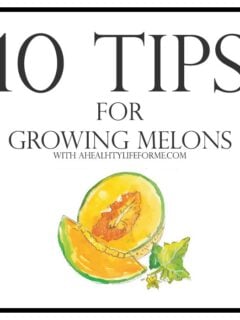
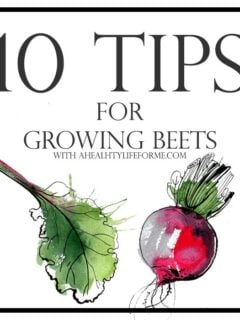

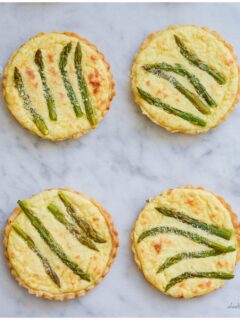
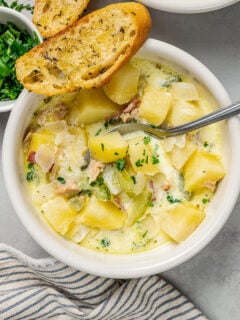
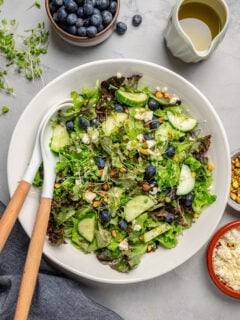
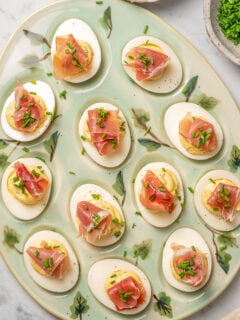
Great post! I love growing flowers – all of them. From my experience you can see the numbers of bees and butterflies and all those lovely creatures increasing in a very short time. Besides think about flowers – colours, scents…What’s not to like?